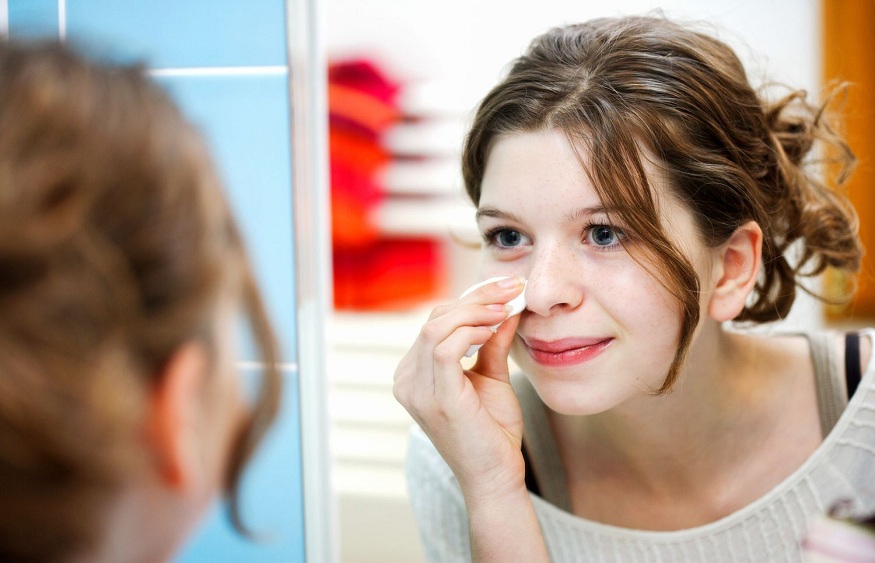Benzoyl Peroxide, derived from a by-product of coal tar, was first used as a non-irritating oxidising antiseptic by Loevenhart in 1905. Subsequently, there was little dermatological interest in this compound, and its primary use was as a bleaching agent for flour. Lyon and Reynolds, in 1929, claimed that Benzoyl Peroxide promoted wound healing.
In 1934, Peck and Chargin described the use of topical Benzoyl Peroxide in sycosis vulgaris; and Leake, in 1942, claimed that Benzoyl Peroxide, when applied locally to wounds, acted as a long-lasting oxidising antiseptic without any local irritant effects. In addition, healing was promoted, and there was also a local anaesthetic action that relieved pain and local irritation.
Usually, peroxide is a radiolysis product of water formed under gamma-irradiation; therefore, its reliable detection is crucial in nuclear energy for spent fuel management and coolant chemistry. Hydrogen peroxide has been widely used in various vital applications in nuclear research and technology.
Why Is Benzoyl Peroxide So Successful in Acne Therapy?
Suppressive antibacterial compositions are standard in acne treatment. Because Benzoyl Peroxide’s primary activity is antimicrobial, its application in acne therapy is a natural extension. The mechanism of action is likely due to its strong oxidising activity. The oxidation of bacterial proteins is caused by the release of free radical oxygen. The formation of oxygen in the follicle generates an environment in which anaerobic bacteria such as P. acnes cannot survive.
The antibacterial efficacy is reported in a large body of literature and is proven in numerous studies. Benzoyl Peroxide has broad-spectrum activity and rapid bactericidal effects. It is active against gram-positive and gram-negative bacteria, yeasts and fungi. In vitro, investigations using the agar diffusion method demonstrated strong antibacterial efficacy against gram-positive bacteria.
What Happens with Benzoyl Peroxide after Application on the Skin?
Benzoyl Peroxide is well-absorbed into the stratum corneum and tends to concentrate in the pilot. If an active can easily penetrate into the stratum corneum, the likelihood of systemic action increases. Therefore, it is essential to know the absorption rate and metabolism of the drug in order to assess its safety.
The metabolite is then absorbed into the systemic circulation and rapidly excreted in the urine, circumventing hepatic conjugation. Had any significant amount of the benzoic acid formed by the intracutaneous metabolism of benzoyl peroxide been circulated to the liver, it would have been conjugated with glycine and excreted as hippuric acid. This indicated that topical benzoyl peroxide should not engender systemic toxic effects due to drug accumulation since there would be no appreciable opportunity for the drug, or its metabolites, to accumulate in body tissues or organs.
As discussed in the earlier section, it is unlikely that benzoyl peroxide causes systemic adverse reactions or intoxications due to its rapid renal clearance. The primary adverse reaction in acne therapy is the occurrence of skin irritation, such as dryness, erythema and scaling, which depends on the benzoyl peroxide concentration. A high benzoyl peroxide level and an alcoholic base, for example, an alcoholic gel, have a higher associated irritation than low levels of benzoyl peroxide in an emulsion base. For instance, in order to avoid skin irritation, one should start with the lowest concentration of benzoyl peroxide.


